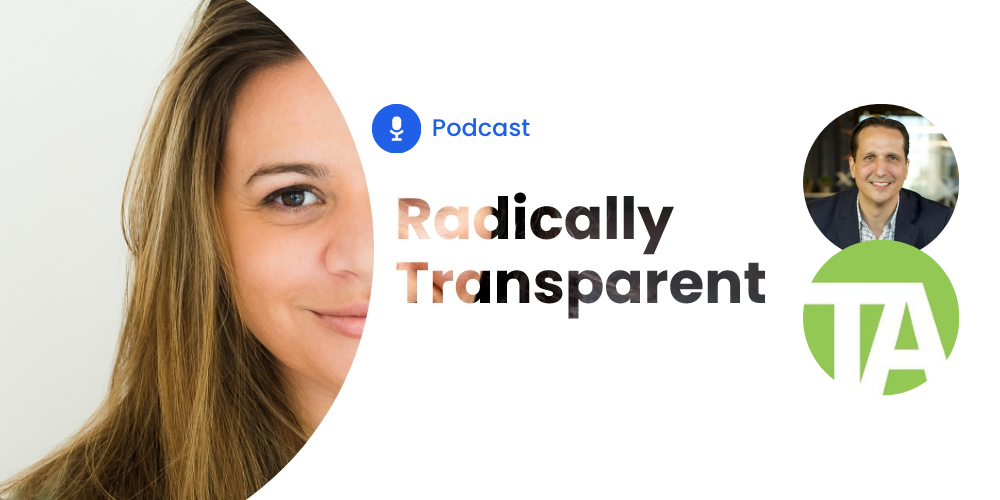Content creation & content marketing: Key distinctions for B2B marketers

Table of contents
B2B marketers understand the value of developing a content marketing strategy. Still, when it comes to content creation and syndication, they may be divided on where to spend their time. 86% of B2B marketers use content marketing, and 55% plan to increase content marketing spending next year. Regarding the budget and the time you’ll spend on your marketing strategy, are you focusing more on content creation or content marketing? Are you aware of the key distinctions between the two?
To put it simply, content creation is creating valuable and engaging content for your audience. Content marketing is distributing your content to increase visibility and audience engagement. Think of content creation as writing in a journal, whereas content marketing is publishing that journal entry in the New York Times.
Find out more about how to build a successful content plan by signing up for one of our webinars today!
The below discusses how B2B marketers can use social media to enhance their content marketing strategy.
Content creation
B2B marketers recognize that content is king in the field of marketing, and many marketers make the mistake of thinking they need to produce the maximum volume of content with their available resources. Seventy percent of content marketers create more content than they did a year ago, but that doesn’t mean a larger engagement level. It is not about the volume but about how well the content is produced and how interesting it is for your audience.
While 87% of B2B marketers use social media for content marketing, fewer marketers understand its potential for helping you create engaging content. Instead of content creation being fueled by the whims and opinions of your content team, it should be driven by real insights into what your social media audience is interested in.
There are a number of factors to consider when trying to create content that increases engagement:
- Identify the purpose of the content: Content can serve multiple purposes for your target audience, such as educational, informative, and/or entertaining content. Most importantly, it should be easily digestible for the medium and showcase your brand as a thought leader. If done well, content creation will build trust with the customer over time. Consumers spend an average of 79 days conducting online research before buying. They are more likely to buy from a brand that they recognize and trust.
- Establish your target audience: Understand your audience and the resources they will find valuable. Follow your prospects and customers on their preferred social networks to gain insights into what content they are consuming and what questions they have that your content could answer.
- Respond to Current Trends: While content may still be king, context is quickly becoming important. Use social media streams to keep up to date on the current trends, news stories, and technology affecting your industry so you can ensure your content touches on the topics that are most important to your audience.
- Align your content with the editorial calendar: Your content should not be siloed from your social media and overall company goals. Make sure the content you are creating aligns with your marketing strategy.
Content marketing
You can have compelling content created, but if you are not leveraging it properly, it could disappear into the depths of the internet. It could get lost in the average 6,000 tweets per second that occur or just completely miss your audience. You want to maximize your brand’s online visibility while also attracting potential customers.
- Find where your audience is: Identify key platforms you will use to tell your story and connect each for a cohesive brand message. Social listening lets you discover what type of content your audience expects on each platform. According to numbers from LinkedIn, 6 out of every 10 LinkedIn users are interested in industry insights—the most-demanded type of content among LinkedIn members. Thus, you should provide your audience with LinkedIn education resources and trends.
- Maximize your content: Make the most use of your content by extracting pieces of it for different platforms. For example, you may have written a great long blog that you are posting to your website. Be sure to post a clip of it to LinkedIn, but also post a visual with a quote from the blog over to Twitter or Facebook. You could even make a short clip from the piece. You’ll be speaking directly to each audience on the platform and catering to the type of content they are looking for on each specific platform.
- Drive engagement to the website: You want to maximize engagement and increase conversions and leads. Ensure your message is clear, and people do not hit a wall when they access your content. Always create a next step for the audience to engage in to keep their interest and help convert leads.
- Supplement with paid options: If your company has the budget, you can syndicate your content through paid ads on social platforms. You can also leverage a PR team if you have one to push the articles directly to the media.
Recommended for further reading
Content creation & content marketing together: A cohesive marketing strategy
69% percent of content marketing lacks quality; on the other hand, valuable, high-researched content can go unnoticed. Your marketing content strategy needs to include a realistic amount of useful content you can produce and a reasonable amount of sources to syndicate the content to.
Successful content marketing requires targeted and focused content creation. Your article would not be published in the New York Times without first studying your subject and creating something valuable and engaging. A successful marketing strategy does not simply grow overnight; it takes time and testing with content and platforms to determine how best to target your audience.
Does your social media strategy make use of content creation and content marketing? How do you manage them both? Let us know in the comments below!




